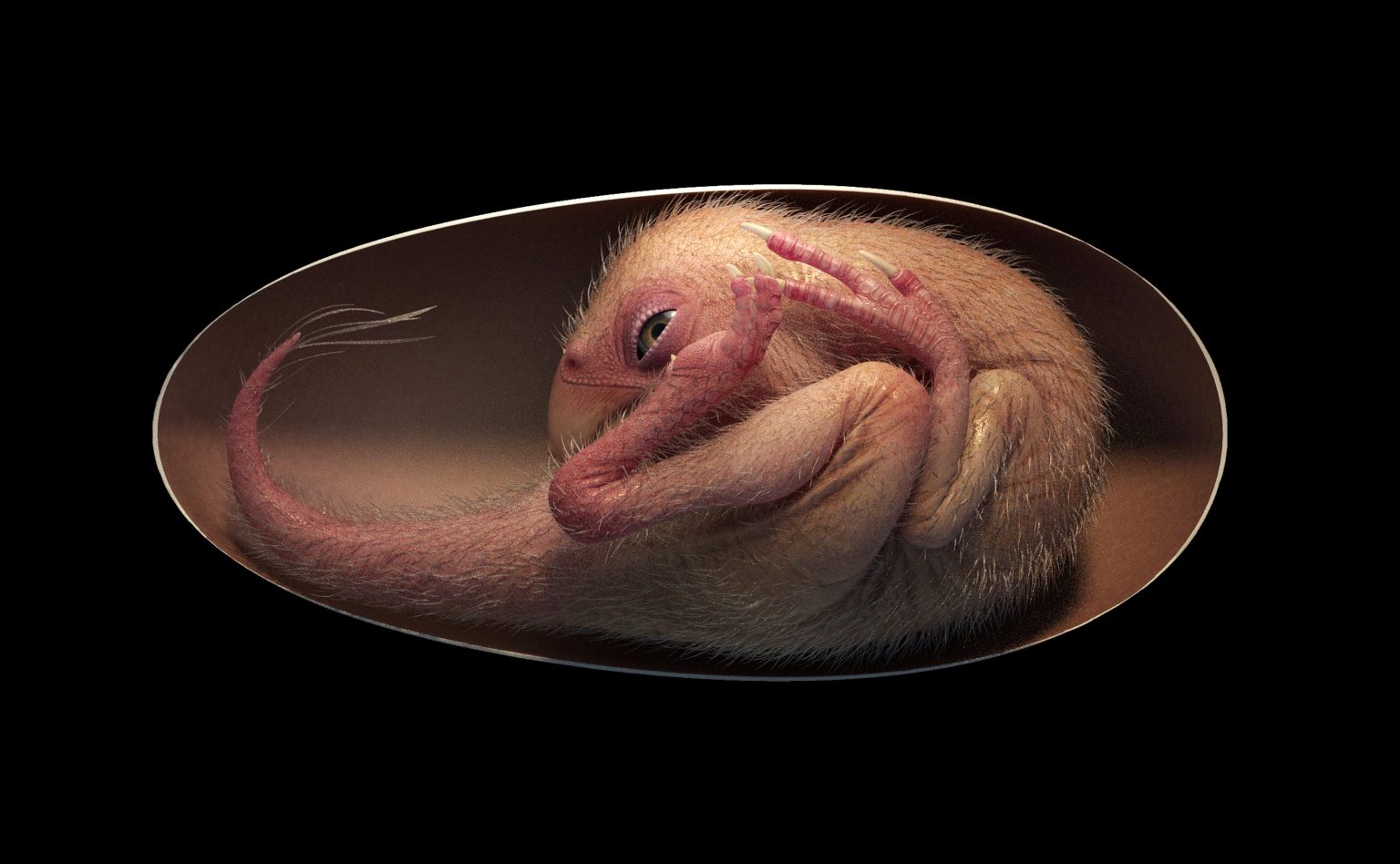Although many fossilised dinosaur eggs and nests have been found over the last 100 years, none discovered were this rare according to paleontologists.
On December 21, 2021, researchers published a report in iScience detailing the discovery of a fossilised dinosaur egg in Southern China containing a well-preserved embryo. Although many fossilised dinosaur eggs and nests have been found over the last 100 years, none discovered were this rare or so perfectly preserved, according to paleontologists.
The position on the embryo in a tucking posture suggests that the species in question was highly likely a oviraptorosaurs, which belongs to the theropod group closely related to birds. According to experts, it is believed the act of tucking may have first evolved among non-avian theropods during the Cretaceous period.
“Most known non-avian dinosaur embryos are incomplete with skeletons disarticulated,” said Waisum Ma of the University of Birmingham, U.K. “We were surprised to see this embryo beautifully preserved inside a dinosaur egg, lying in a bird-like posture. This posture had not been recognised in non-avian dinosaurs before.”
The fossilised dinosaur embryo was found in Ganzhou, Jiangxi Province, southern China, and was acquired in 2000 by Lian Liu — the director of a company called Yingliang Group. Although Lian suspected that the fossil might contain an embryo, it was forgotten about after the egg ended up in storage for about 10 years. It was only uncovered again when museum staff were sorting through an archive of boxes and unearthed fossils during the construction of Yinliang Stone Nature History Museum.
“Museum staff identified them as dinosaur eggs and saw some bones on the broken cross section of one of the eggs,” Lida Xing of China University of Geosciences, Beijing, said. The fossils were then prepared, unveiling the embryo hidden within, which they named “Baby Yingliang.”
In the new study, Xing and colleagues report that the head lies ventral to the body, with the feet on either side, and the back curled along the blunt pole of the egg, in a posture previously unrecognized in a non-avian dinosaur. That’s especially notable because it’s reminiscent of a late-stage modern bird embryo.
Comparison of the specimen to other late-stage oviraptorosaur embryos suggests that before hatching, oviraptorosaurs developed avian-like postures late in their incubation. In modern birds, such coordinated embryonic movements are associated with tucking, a behavior that’s controlled by the central nervous system and is critical for hatching success.
The notion that such pre-hatching behaviour may have originated among non-avian theropods can now be further investigated through more studies of other fossil embryos. But first, the researchers say they’ll continue studying this rare specimen in even more depth, using various imaging techniques to image its internal anatomy, such as skull bones, and other body parts that are still covered in rocks.
"ExpatGo welcomes and encourages comments, input, and divergent opinions. However, we kindly request that you use suitable language in your comments, and refrain from any sort of personal attack, hate speech, or disparaging rhetoric. Comments not in line with this are subject to removal from the site. "

















